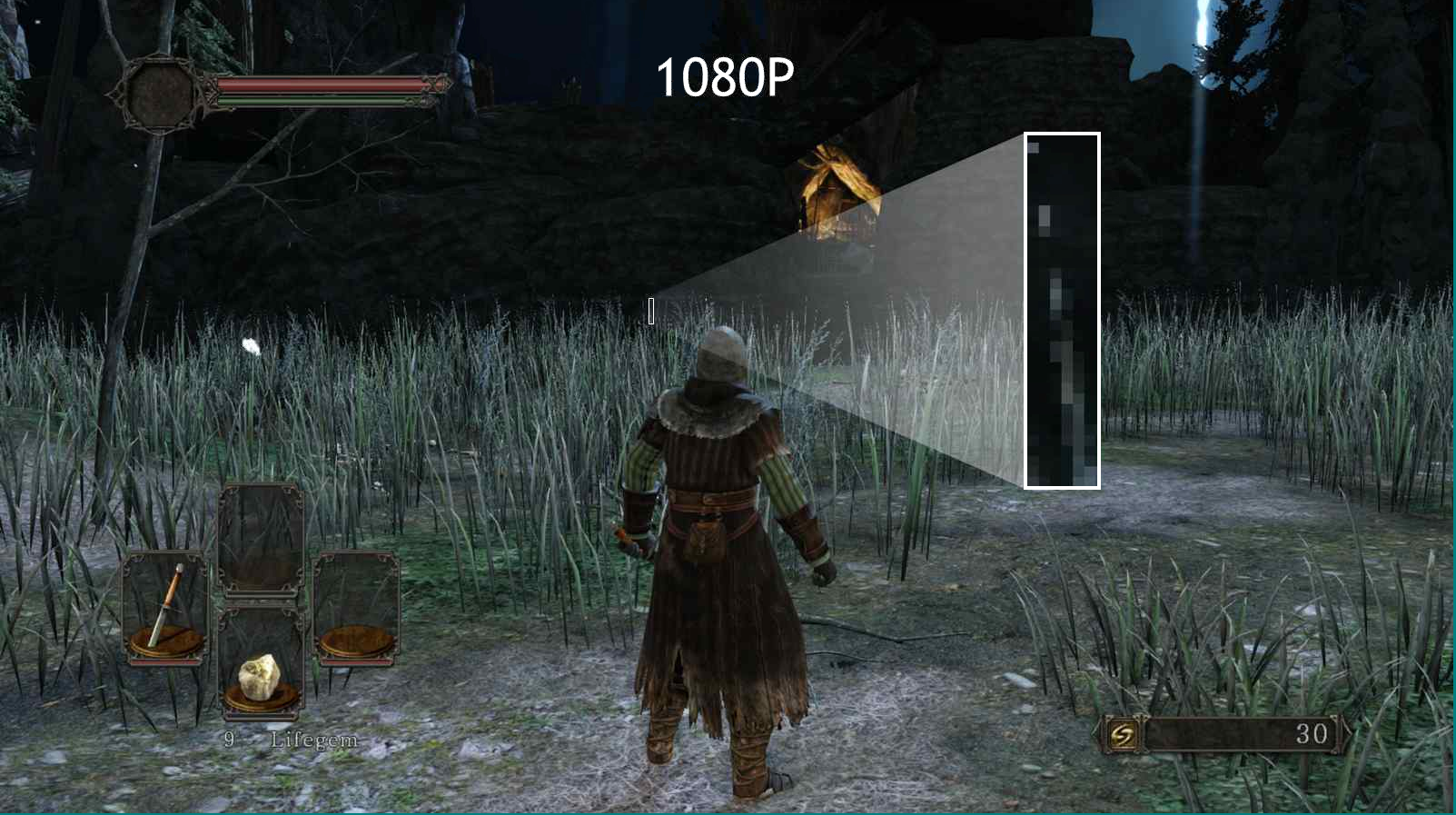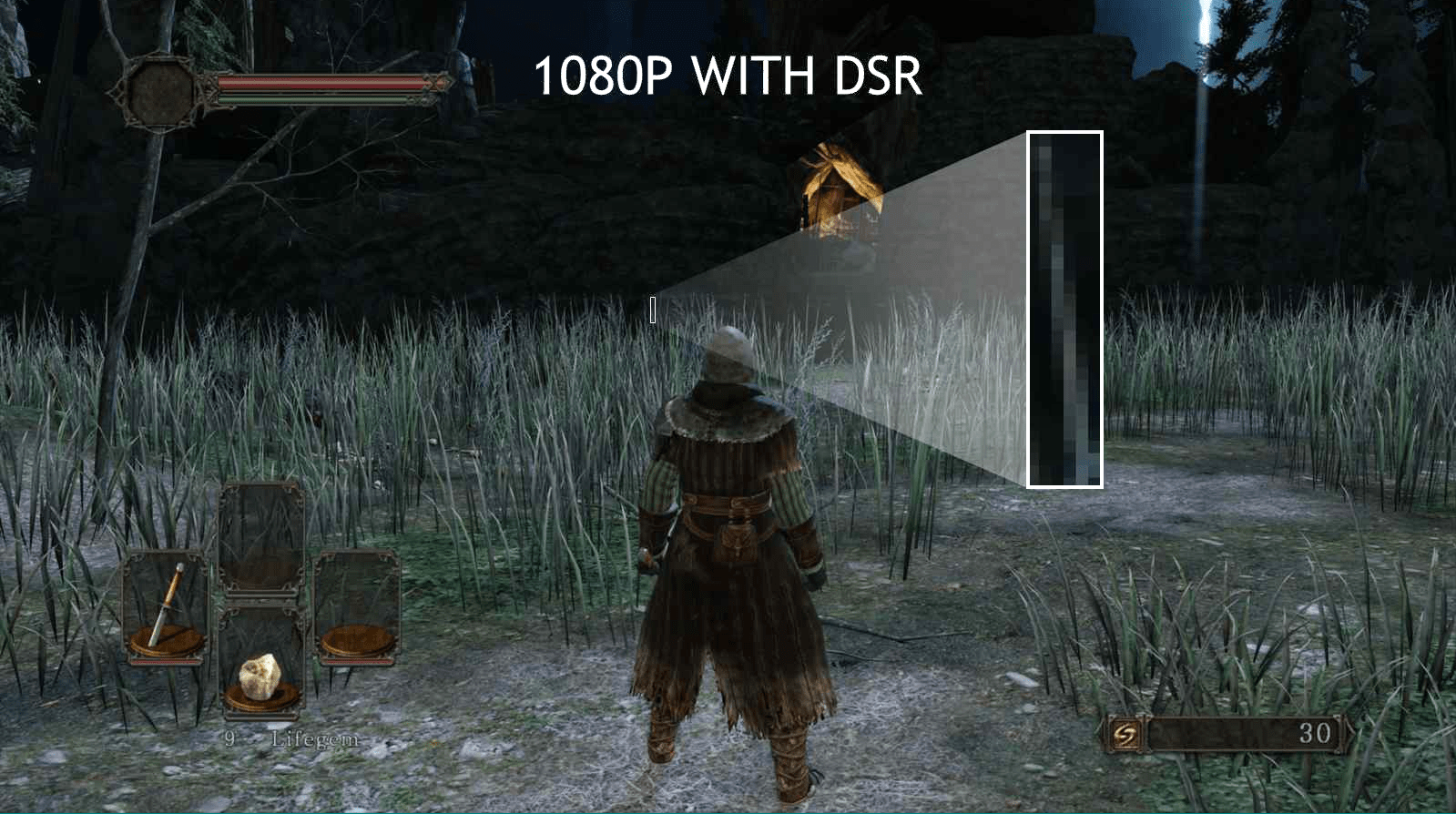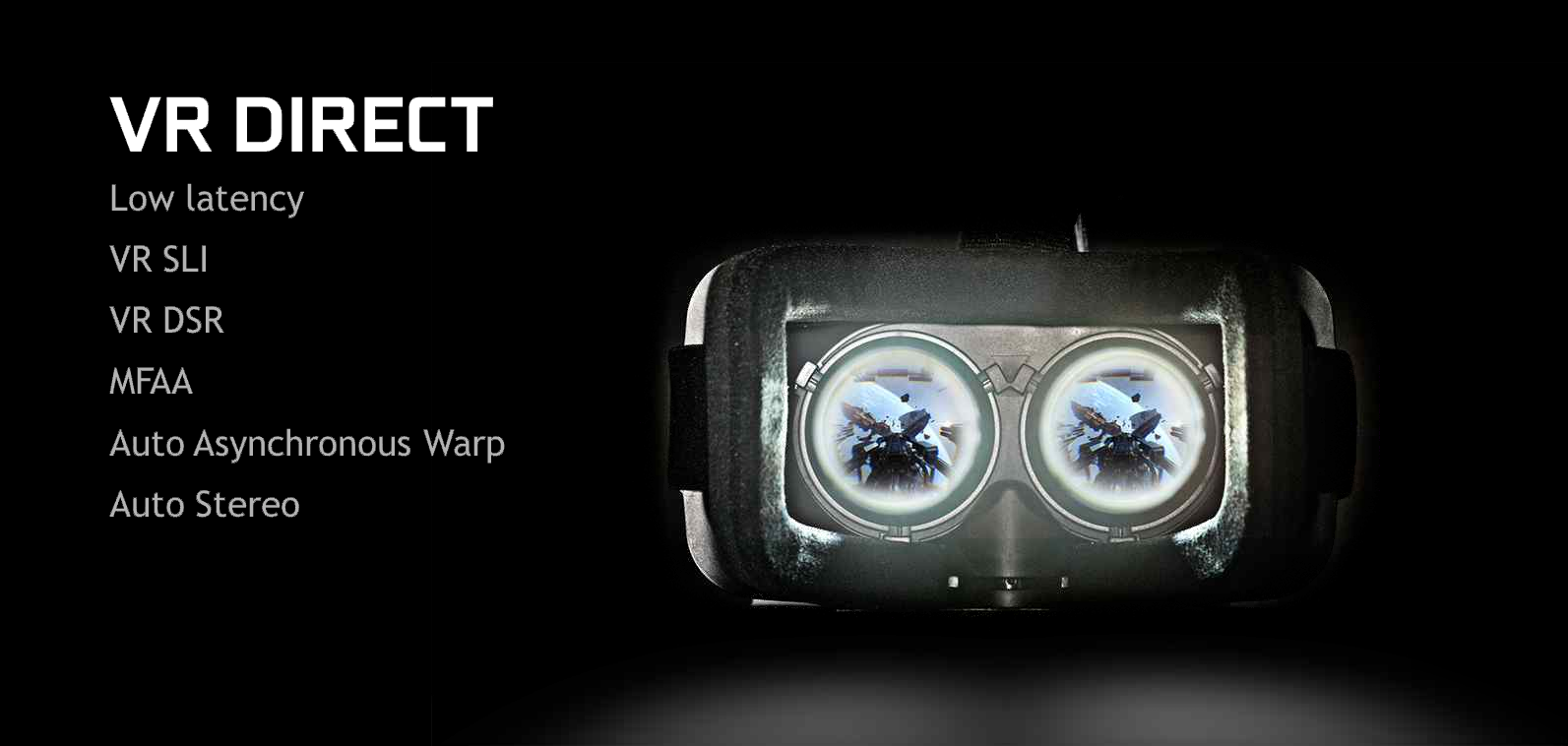Over the past year, PC graphics cards have swelled to gargantuan proportions, with price tags to match: Nvidia’s GeForce GTX Titan costs an incredible $US999, to say nothing of the $US3000 Titan Z you might consider if your family is in the oil business. Today, Nvidia’s trying something different: the new GeForce GTX 980 is not only the fastest card Nvidia has ever built, it’s also incredibly efficient.
Starting at a way more reasonable $US549, the GTX 980 also only has 5.2 billion transistors — far fewer than the 7.1 billion you’d find in a current-gen GTX 780 Ti or GTX Titan — and its 2048 CUDA cores and 256-bit memory interface wouldn’t seem to stack up well against the 2880 cores and 384-bit bus you’d find in the company’s former 780 Ti flagship. Indeed, it doesn’t have quite the same texture fill rate and there’s a good bit less memory bandwidth.
But the new Maxwell-based GPU inside this card is clocked at a practically unheard-of 1126 MHz (compare to 875MHz), the card has 4GB of GDDR5 memory (up from 3GB), and most impressively the entire kit runs at just 165 watts TDP. Compare to the power-hungry 250W GTX 780 and Titan series, and you can see we’re talking about a very different beast.
And, according to reviews at AnandTech, PC Perspective, Hot Hardware and other sites, this GPU absolutely screams. Though Nvidia recommends two of them in SLI to play 4K games at high settings, reviewers managed 4K in some of them with a single card in their admittedly beefy test rigs. The GTX 980 isn’t the fastest by a country mile — it appears to be neck and neck with AMD’s flagship Radeon R9 290X, and only a modest hop ahead of the GTX 780 Ti — but again, it’s doing so more efficiently.
Perhaps more interesting is what you (and game developers) will be able to do with the new Maxwell-based graphics card thanks to some new Nvidia techniques. With Dynamic Super Resolution, you can make games look way smoother on your 1080p monitor by actually rendering them at 4K resolution and letting the GPU seamlessly scale them to your smaller display. (It will run way slower, of course, but could be great if you have the extra frames per second. Click the Expand buttons on the images below to get some idea of the difference.)


Multi-frame sampling anti-aliasing (MFAA) should give you the reduced jaggies of 8x MSAA with closer to the cost of 4x MSAA. And with Voxel Global Illumination, developers will be able to build games with way prettier, more realistic dynamic lighting that actually changes based on actions the players take. That one will be baked into Unreal Engine 4, and we may start seeing games with the feature early next year.
And last but not least, Nvidia’s making a whole host of improvements specifically for virtual reality headsets like the Oculus Rift, including reducing the latency between your head movements and the action you see on screen so you’re not as likely to get sick, and (Nvidia claims) automatically making games playable that weren’t actually designed to be playable in virtual reality. Nvidia will now also support VR headsets with dual-graphics-card SLI setups, with one GPU rendering images for each eye.

The card also has three DisplayPort outputs to run three simultaneous G-Sync monitors, and supports HDMI 2.0 so you can get a 4K monitor running at 60Hz with 4:4:4 colour accuracy.
If $US549 is still too rich for your blood but you want those features, you’ll have another option beside the GTX 980. You can get the same Maxwell benefits, only roughly 10-20 per cent slower on average, with the $US329 GTX 970. The two new GPUs should be available today, and entirely replace the GTX 780 Ti, GTX 780 and GTX 770. If you want something cheaper, the GTX 760 will now retail for $US219.
